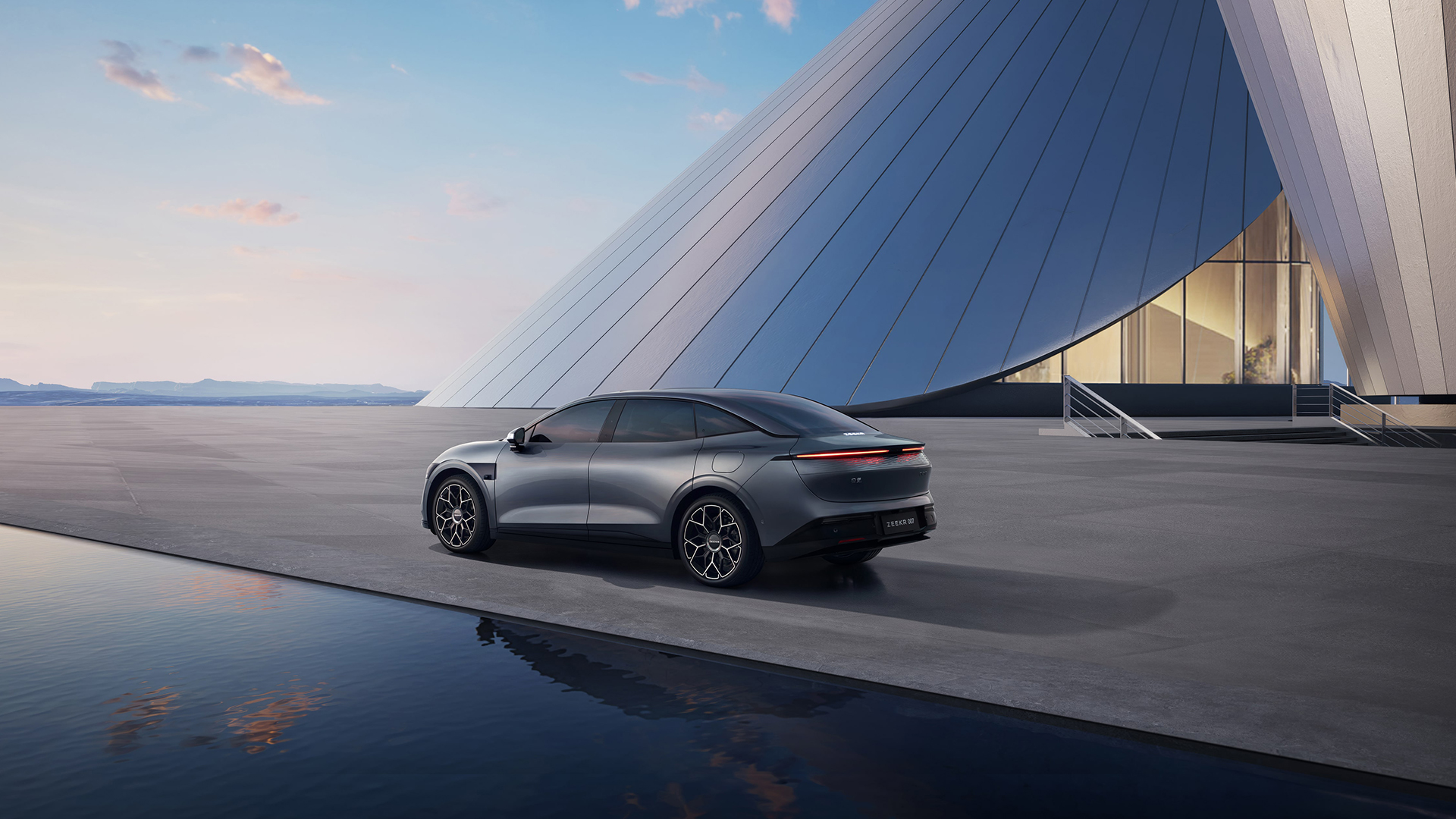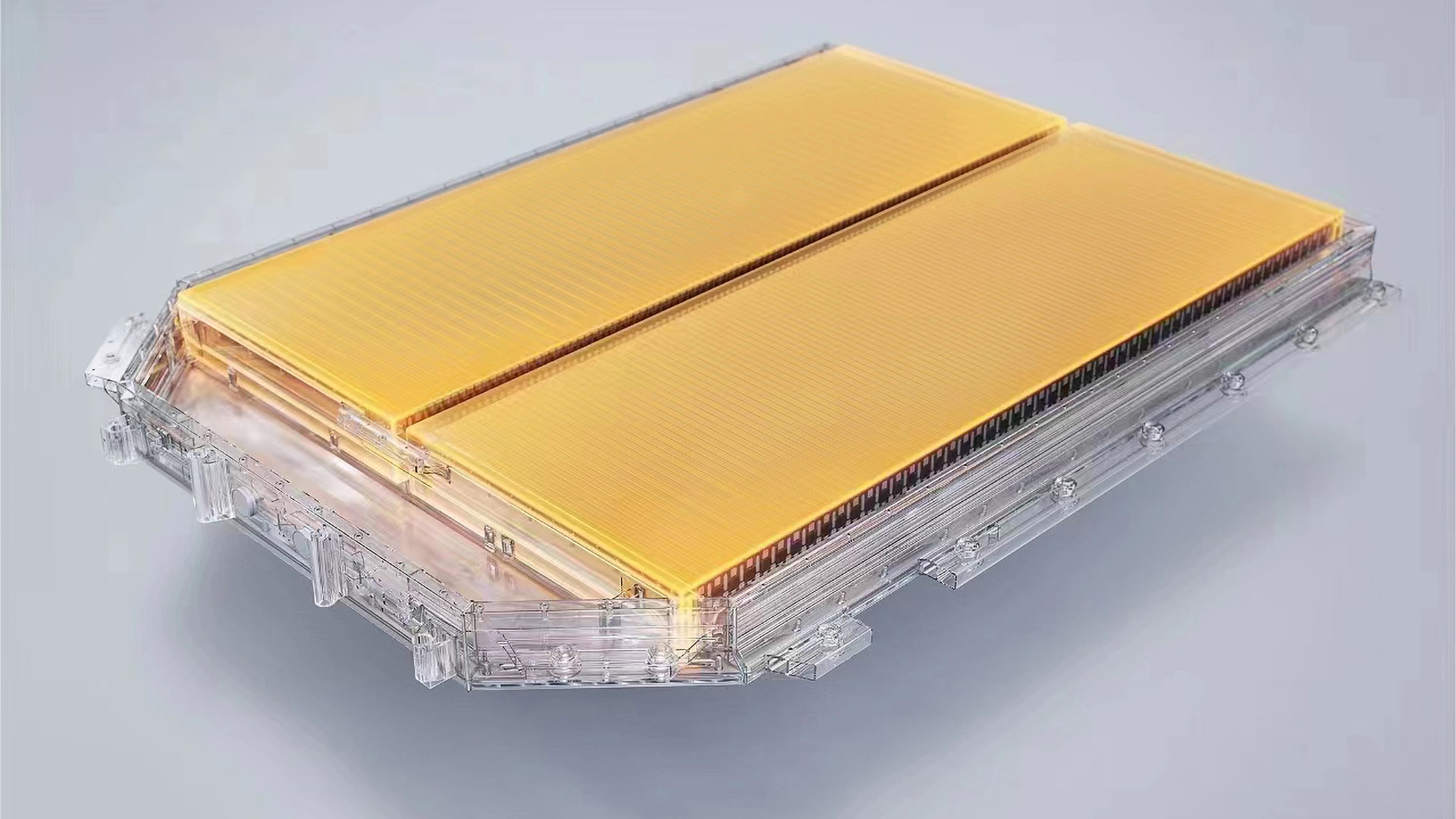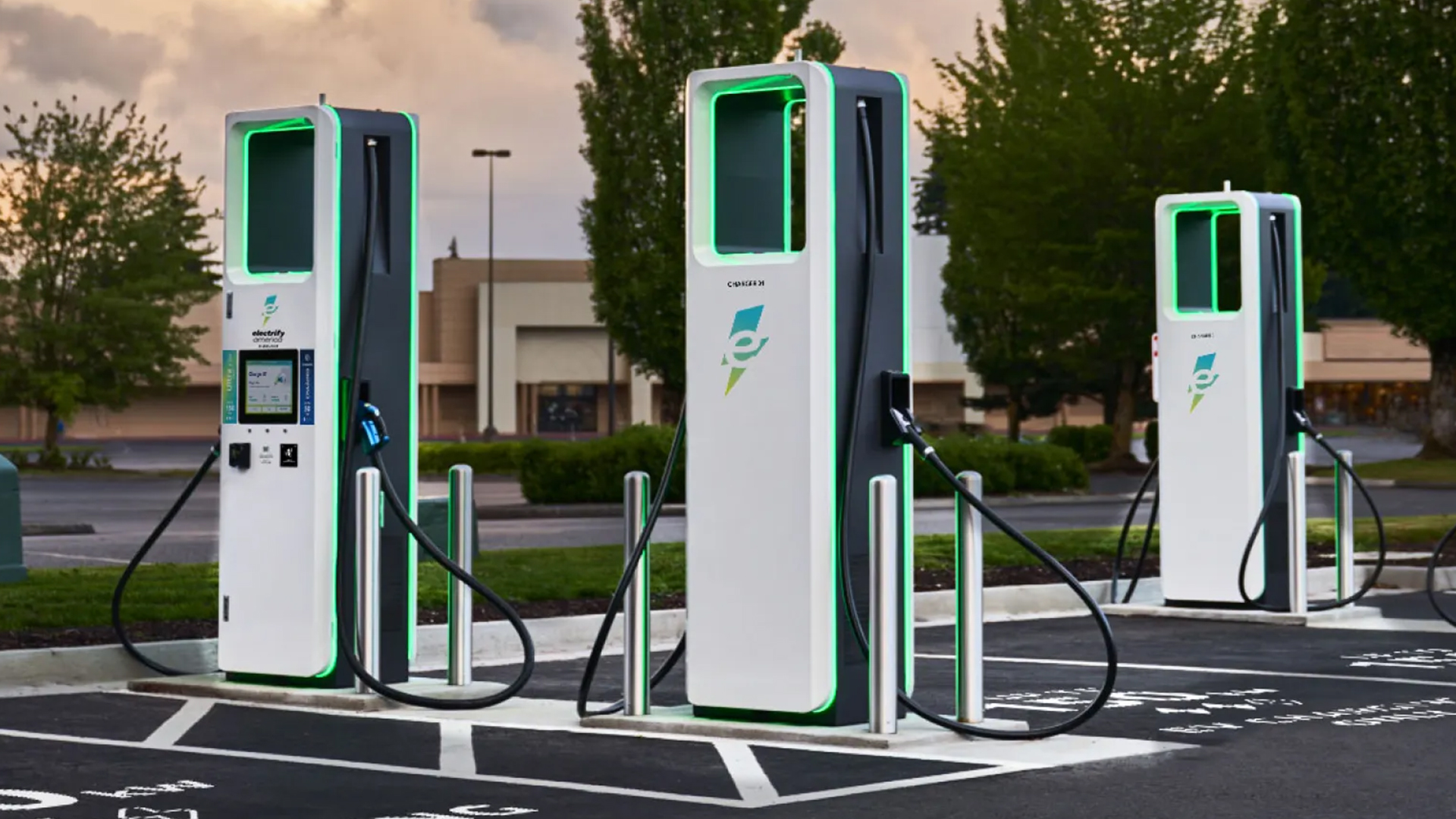Zeekr's new EV battery can take you 500km from only a 15-minute charge
The new battery ushers in a new world of EV charging speeds

Chinese electric vehicle maker Zeekr, which currently produces the 001 and Zeekr X EV models, has lifted the lid on what the media is already dubbing its 'Golden Battery' technology, which has the capability of charging at speeds of up to 500kW.
Currently, some of the fastest speeds on offer hit 360kW, with only a select few vehicles capable of accepting that rate of electrons. But Zeekr says this new lithium-ion phosphate (LFP) battery cell and pack technology will support vehicles sporting 800V architecture in charging at previously unseen speeds.
In fact, the Chinese brand claims an electric vehicle equipped with Zeekr’s new technologies and an 800V electrical architecture can add 500km (310 miles) of driving range within just 15 minutes.
The Geely-owned company admits that LFP batteries are traditionally regarded by the industry to have "lower energy density in comparison with nickel-manganese-cobalt (NMC) batteries at the cell level" but its engineers worked around this by using what it refers to as "newly-developed materials" and "simplified structural design".
The result is that the volume utilization of the new battery pack – effectively the amount of the battery pack that is used to provide power to the vehicle – reaches 83.7 per cent, much higher than the the 72 per cent of leading Chinese battery manufacturer CATL’s nickel-manganese-cobalt (NMC) Qilin battery, according to Autocar.

Despite the "excellent energy density" claimed by Zeekr, it says that there has also been no compromise in safety, as it has undergone nail penetration tests, submersion in water for 48 hours and burning in a 1000C fire for an hour. There’s a YouTube video of it being subjected to all sorts of punishment, if that’s your thing.
The first model to receive the new battery will be the Zeekr 007 pure electric premium sedan, which will arrive as early as January next year in some markets. But other Geely-owned brands, such as Polestar, Lotus, Volvo and even Smart could also benefit from the tech.
Get daily insight, inspiration and deals in your inbox
Sign up for breaking news, reviews, opinion, top tech deals, and more.
Now the network has to play catch up
In order for Zeekr to effectively showcase its ultra-fast charging capabilities, it is going to have support the public network, which woefully lags behind the advertised rates of its new 'Golden Battery' in many regions.
Currently, only a handful of chargers exist globally that can actually deliver 500kW of power, including a unit installed by Nio in China, as well as an upcoming Express Plus Power Link 2000 DC fast-charging platform from ChargePoint, that is due in a number of sites operated by Mercedes-Benz in North America.

But Zeekr has been busy in its domestic market, helping to install over 401 charging stations that offer 360kW of power. It claims it plans to expand the network to 1,000 'ultra-fast' charging stations in 2024 and will be operating over 10,000 ultra-fast charging outlets by 2026.
In Europe, EV charge provider Ionity says it plans to have 7,000 350kW chargers online by 2025, while in North America, Electrify America has one of the most expansive charging networks, and it says it plans to offer 10,000 chargers across 1,800 different stations by 2026, including many of its 'Hyper-Fast' 350kW units.
These sorts of speed are going to see the average 10-80 per cent battery top up take just 15 minutes or less, which is the only way to decrease waiting times at busy stations and increase consumer confidence.
After all, busting the issues of range anxiety and long waits for batteries to top up are crucial in convincing the masses to give up fossil fuels and go electric. However, Zeekr still has to work out how to make its battery tech affordable for the masses, not just the profligate few.
You might also like

Leon has been navigating a world where automotive and tech collide for almost 20 years, reporting on everything from in-car entertainment to robotised manufacturing plants. Currently, EVs are the focus of his attentions, but give it a few years and it will be electric vertical take-off and landing craft. Outside of work hours, he can be found tinkering with distinctly analogue motorcycles, because electric motors are no replacement for an old Honda inline four.